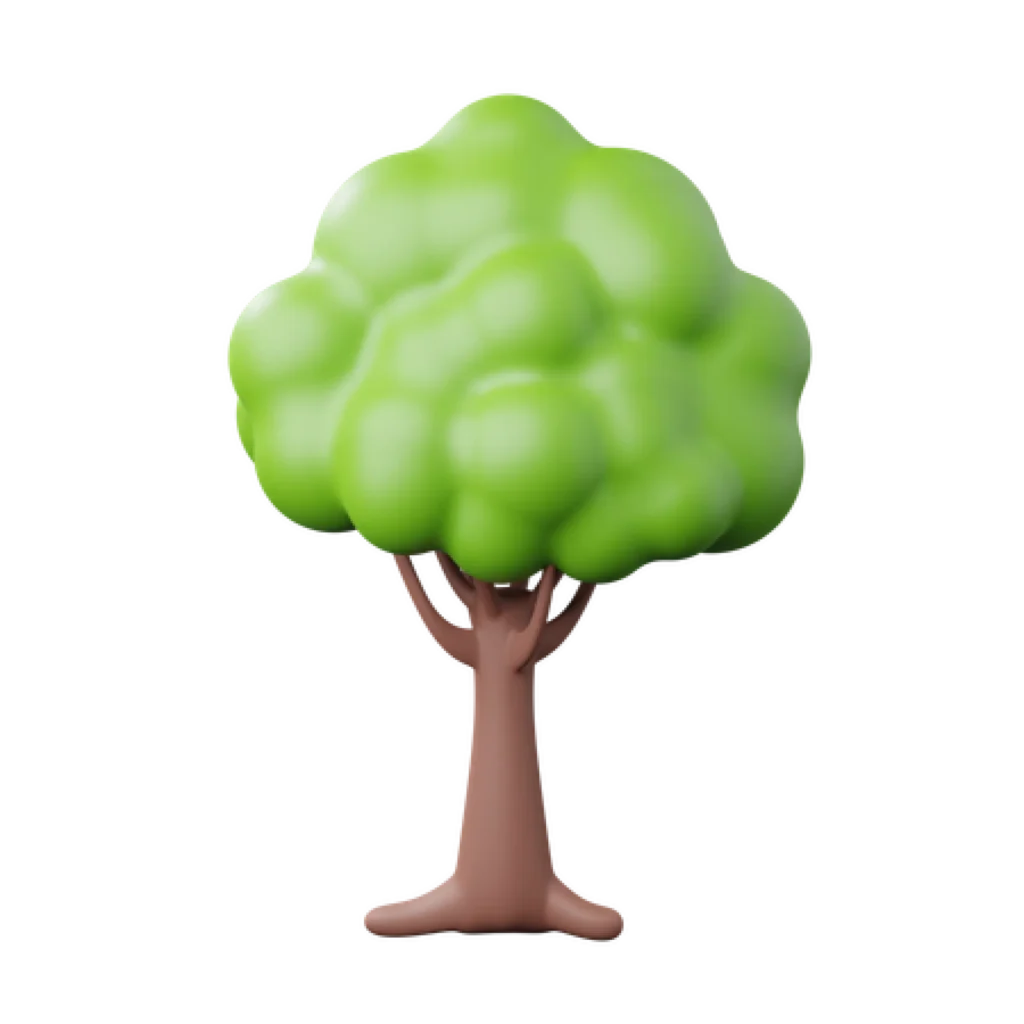Revised Content:
Many IELTS candidates view reading as a difficult task. However, by applying effective strategies like skimming and scanning, this hurdle becomes manageable. A key aspect of skimming involves identifying and highlighting keywords within the passage.
Similarly, during scanning, marking keywords in the questions can assist in matching them to related terms in the text. Given the complexity and length of IELTS passages, keyword identification streamlines the reading process.
Identifying Keywords in the Passage
When skimming, underline pivotal keywords to grasp the paragraph’s core message. Focus on terms that highlight essential information, such as:
– Names (e.g., scientists, individuals)
– Geographical terms (cities, countries)
– Dates or years (e.g., 1978, 12th October)
– Numerical data (e.g., 1.2 million, 20,000)
– Capitalized phrases (titles, events)
Highlighting these terms simplifies locating specific details later. For instance, if a question references “1978,” having underlined it earlier saves time compared to revisiting the entire passage.
Identifying Keywords in Questions
During scanning, analyze questions to pinpoint keywords (typically nouns, noun phrases, or verbs) while ignoring less critical words like articles (a, an, the) or prepositions (for, in).
For MCQs, focus on the question’s core focus (e.g., “most at fault” in the Titanic question). Keywords in questions might not directly match the passage but could be synonyms or paraphrased concepts.
Example:
– Question: Suggestions concerning ________ are provided to the bride.
– Passage: Her guests often tease the bride about her husband and offer advice on married life.
| Keywords in Question | Related Passage Terms |
|———————-|———————–|
| Suggestions | Advice |
| Concerning | About |
| Bride | Bride |
| Provided | Offer |
Answer: MARRIED LIFE
Here, “suggestions” corresponds to “advice,” and grammatical adjustments (e.g., “are provided” vs. “offer”) illustrate how paraphrasing impacts keyword matching.
Practice Questions
Question 1:
Passage: A super-hard metal was produced in lab conditions by fusing titanium and gold. This alloy, the toughest biocompatible material known, is four times harder than pure titanium, making it ideal for durable medical implants.
Question: The toughest material created in the laboratory results from blending titanium and gold once they are _______.
| Keywords in Question | Related Passage Terms |
|———————-|———————–|
| Toughest material | Super-hard metal |
| Created in the laboratory | Produced in lab conditions |
| Blending | Fusing |
Answer: MELTED
Question 2:
Passage: Residents along Italy’s Apennine mountain range face constant seismic threats, with centuries of devastating tremors, including recent events.
Question: Which Italian region is perpetually at risk of earthquakes?
| Keywords in Question | Related Passage Terms |
|———————-|———————–|
| Italian region | Italy’s Apennine mountain range |
| Perpetually at risk | Constant seismic threats |
Answer: APENNINE MOUNTAIN RANGE
Question 3:
Passage: Earthquakes reveal intricate complexities upon closer inspection. The Tyrrhenian Basin, west of Italy, is gradually expanding, causing annual “pull-apart” movements of 3mm. Combined with Adriatic crust rotations, Italy experiences multidirectional tectonic shifts.
Question: Detailed analysis of quakes reveals they are highly ______.
| Keywords in Question | Related Passage Terms |
|———————-|———————–|
| Detailed analysis | Closer inspection |
| Highly | Intricate complexities |
Answer: COMPLICATED
Question 4:
Passage: Historical earthquakes (e.g., 1915 Avezzano quake: 30,000 deaths) contrast with modern lower fatalities due to improved infrastructure, preparedness, and emergency coordination.
Question: Which factor does NOT explain reduced deaths in magnitude 6-7 quakes?
| Keywords in Question | Related Passage Terms |
|———————-|———————–|
| Reduced deaths | Lower fatalities |
| Improved infrastructure | More robust building |
| Preparedness | Better preparation |
| Emergency coordination | Co-ordinated emergency responses |
Answer: B (Quakes are not seen anymore)
Question 5:
Passage: Italy’s western Tyrrhenian Basin is slowly widening, driving annual 3mm “pull-apart” shifts along the Apennines, compounded by Adriatic crust movements.
Question: A significant geological feature in western Italy, the (i)_______, is gradually expanding, causing (ii)_______ at (iii)______ annually.
| Keywords in Question | Related Passage Terms |
|———————-|———————–|
| Western Italy | West of Italy |
| Gradually expanding | Slowly widening |
| Causing | Contributing to |
| Annually | Per year |
Answers:
i. Tyrrhenian Basin/Sea
ii. Extension/pull-apart
iii. 3 mm






